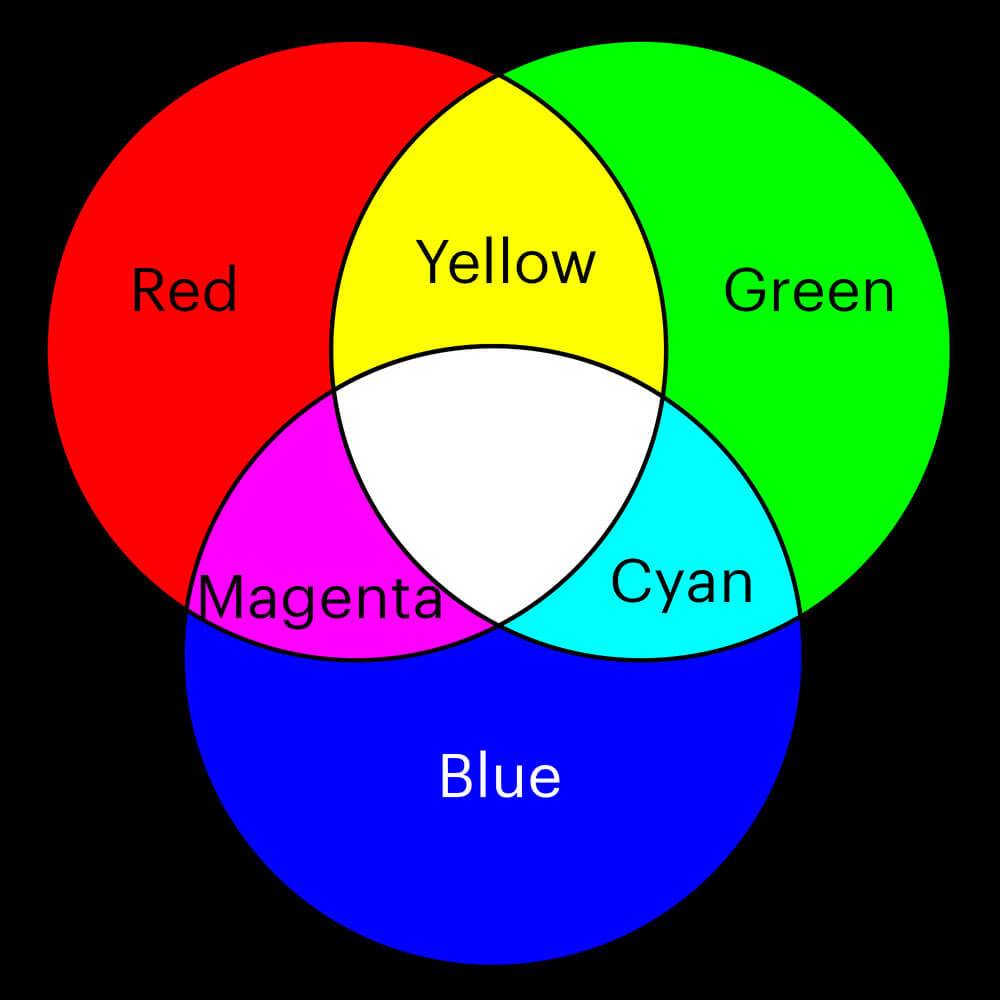Colors
In today's news article, we will see what colors are and how they affect branding.

Photo by Jeremy Thomas on Unsplash
Nowadays, everybody focuses on images rather than reading textual content.
In this process, colous plays a very important role in attracting someone to there website or any other thing.
For that, we have certain things that we must remember while doing certain things.
Let’s have an activity where you give 2 options:
Understand the story by the colorful image.
Understand the story by the image with no colors.

Now tell me what you understand by this:
So by this image, you have a clear idea of the importance of colurs.
Because when we have colors, the impact of the image is different and is at the next level.
Color Wheel:-
One of the major factors affecting colors is the color wheel.

In this color wheel we have different options and we get different variety of colors.
Let’s understand types of colors on the Color Wheel.
Primary Colors:
We know about RGB, which are called primary colors.

These primary colors are the only colors, and these primary colors can form other colors also.
When we will see the placement of these colors on the color wheel, then it is found that these colors are placed at positions 0°, 120°, and 240°.
Secondry Colors
These are the colors formed by mixing 2 primary colors.
These colors are yellow, cyan, and blue.
Placement of these colors is at 60°, 180°, and 300°.
Tertiary Colors
- These are the colors formed by mixing primary colors with secondary colors.
Terminologies:-
Saturation
Saturation refers to the intensity or purity of a color.
Highly saturated colors show more emotions.
The addition of gray color will reduce the saturation of color.
Tint
It affects when white color is added to color.
Tints often create a soft, airy, and calming effect.
Shade
Adding black to a color.
Shades often create a dramatic, bold, and sophisticated effect.

Complementry Colors
It refers to the placement of colors on the color wheel.
Analogus colors
It refers to those colors on the color wheel that lie adjacent to each other.
Triadic Colors:
It refers to those colors that are evenly placed on the color wheel.
Color Psychology in Branding
Each color conveys specific emotions and messages:
Red: Excitement, passion, urgency (e.g., Coca-Cola, YouTube)
Blue: Trust, calmness, professionalism (e.g., Facebook, IBM)
Yellow: Optimism, warmth, energy (e.g., McDonald's, Snapchat)
Green: Growth, nature, health (e.g., Starbucks, Whole Foods)
Black: Luxury, elegance, power (e.g., Chanel, Nike)
Purple: Creativity, royalty, sophistication (e.g., Cadbury, Hallmark)
Example:
McDonald's uses red and yellow to create a sense of urgency and happiness, influencing fast food consumption. Meanwhile, Facebook uses blue to evoke trust and reliability.
Colors affecting the Brands Identity
1. Red: Energy, Excitement, and Passion
Example: Coca-Cola, YouTube, Netflix, KFC
Significance: Red is associated with urgency, excitement, and appetite stimulation.
Coca-Cola uses red to create a sense of energy and passion, reinforcing its lively and refreshing brand image.
YouTube & Netflix: Red draws attention and encourages action, making it a great choice for digital engagement.
2. Blue: Trust, Stability, and Professionalism
Example: Facebook, Twitter, LinkedIn, IBM, Samsung
Significance: Blue conveys reliability, calmness, and security, making it ideal for technology and corporate brands.
Facebook & Twitter: Use blue to build a sense of trust and openness, encouraging user engagement.
LinkedIn represents professionalism, making it a preferred choice for corporate networking.
3. Yellow: Optimism, Happiness, and Warmth
Example: McDonald's, Snapchat, IKEA, Ferrari
Significance: Yellow evokes feelings of cheerfulness and friendliness. It grabs attention and promotes positivity.
McDonald's uses yellow with red to create a happy and energetic atmosphere, encouraging fast service and impulse purchases.
Snapchat: Represents fun and youthfulness, aligning with its playful and dynamic user base.